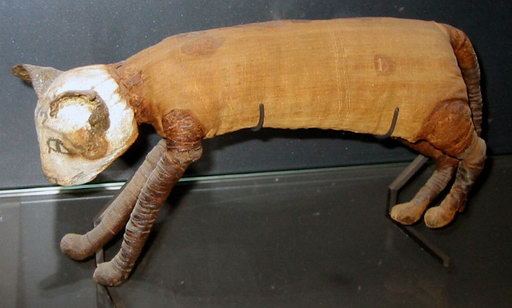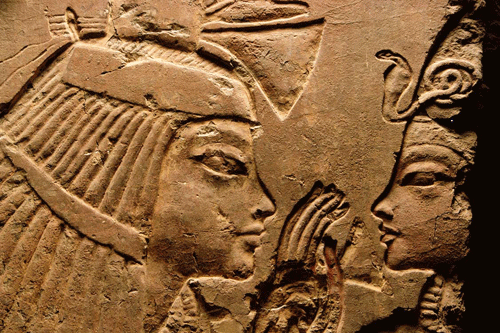|
Bubasteion
The Bubasteum was a Ptolemaic and Roman temple complex dedicated to Bastet in the cliff face of the desert boundary of Saqqara. In Arabic the place is called Abwab el-Qotat (''"The Gates of the Cats"''). The temple complex is surrounded by a 275 meter wide and 325 metre long enclosure wall and is located southeast of the Pyramid of Teti and south of the Anubieum. It had a large entrance way in the south wall, a feline necropolis and settlements. In the New Kingdom, the location was already the site of a temple of Bastet, who was honoured as the ''Lady of Ankhtawy''. Proper investigation of the site was begun in 1976 by Alain-Pierre Zivie and the first excavations began in 1980. In 1986, the Mission Archéologique Française du Bubasteion (MAFB), was founded, which has overseen all investigations of the site since then. Feline necropolis In the second half of the 18th Dynasty, high dignitaries created rock-cut tombs for themselves in this area, which were later reused ... [...More Info...] [...Related Items...] OR: [Wikipedia] [Google] [Baidu] |
Maia (nurse)
Maia was the wet nurse of the ancient Egyptian pharaoh Tutankhamun in the 14th century BC. Her rock-cut tomb was discovered in the Saqqara necropolis in 1996. Biography Maia bears the titles "wet nurse of the king", "educator of the god's body" and "great one of the harem". Her origin and relatives are not known. Apart from Tutankhamun, the Overseer of the Magazine Rahotep, the High Priest of Thoth, and scribes named Tetinefer and Ahmose are mentioned in inscriptions. Due to the close resemblance of Maia with Tutankhamun's sister Meritaten, it was suggested that the two are identical. The tomb Maia's tomb was discovered in 1996 by the French archaeologist Alain Zivie and his team in the vicinity of the Bubasteion complex dedicated to the deity Bastet at Saqqara. The outside of the tomb is built on limestone with four pillars forming a square. The side walls of the entrance are decorated with colourful and well preserved inscriptions. A relief in the tomb's first chambe ... [...More Info...] [...Related Items...] OR: [Wikipedia] [Google] [Baidu] |

